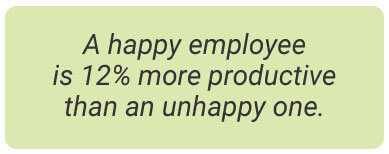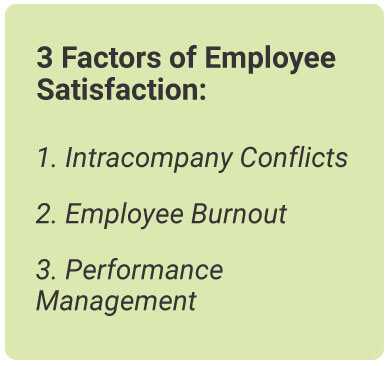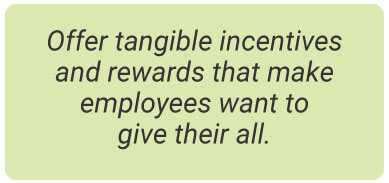How Managers Can Improve Employee Satisfaction
By Logan Mallory
May 12, 2022

How do you manage employee performance and satisfaction?


How to resolve conflict between managers and employees
How to manage employee burnout
How to manage a poor performing employee

How managers improve employee satisfaction with feedback
Sources:
About the Author

Logan Mallory is the Vice President of Marketing at Motivosity. He has held roles previously at LogMeIn, Jive, and Workfront. Logan writes and speaks on leadership, culture, marketing, and HR topics. He is an adjunct professor at BYU's Marriott School of Business. Logan lives with his family in Utah, and has deep ties to Michigan, Washington, and Texas.
Learn More
Learn More





